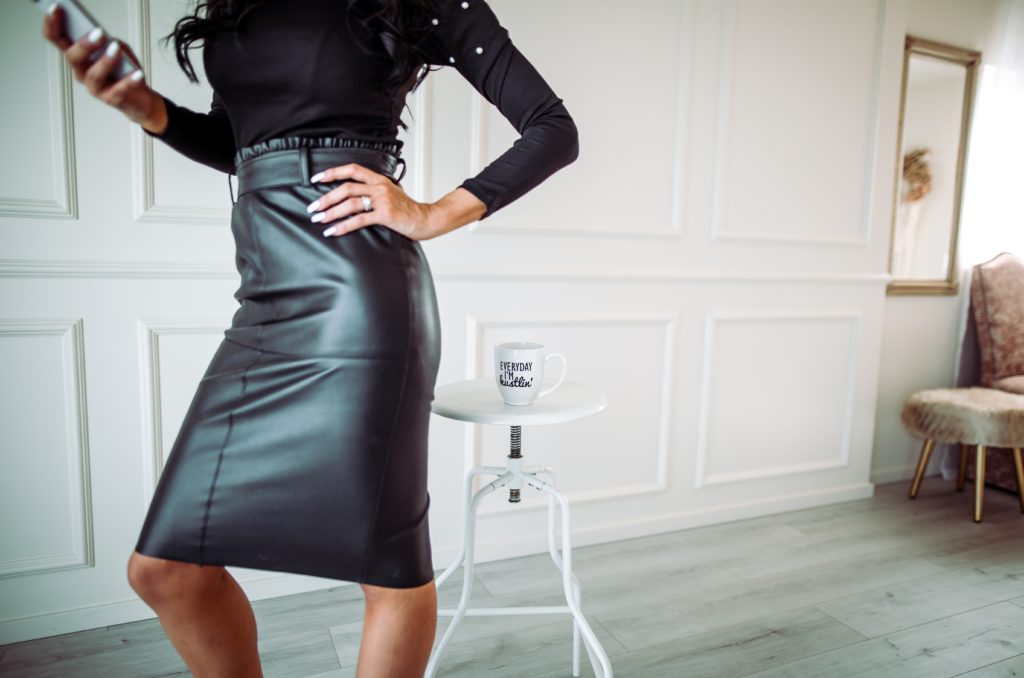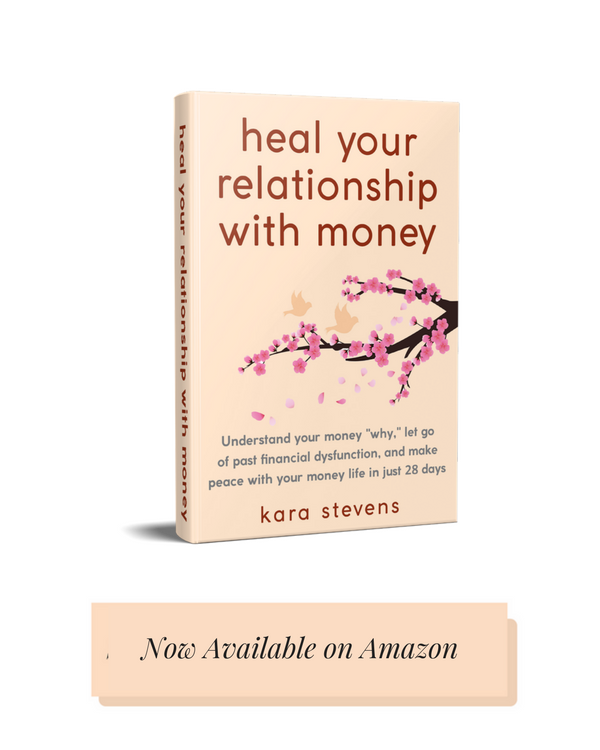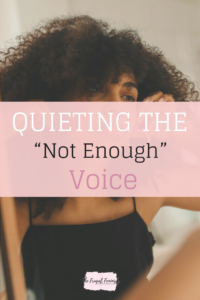
When I decided to leave my job to pursue my side-hustle full-time, I was equal parts excited and frightened. I was excited because I actually had a chance to pursue something I was extremely passionate about. I was frightened because my job allowed for financial security and a level of predictability I enjoyed. Quitting meant that I was giving up all of that.
I don’t necessarily consider myself a big risk-taker, so when I finally decided not to return to work, I ensured that I did it in a way that would allay some (not all) of my fears about money and the success of the business. I took some of the following steps to help me transition as smoothly as possible:
1. I Did A Trial Run
One of the biggest positives of working for yourself is time freedom. And one of the biggest drawbacks of working for yourself is that same time freedom.
Why?
This is because what you do with your day is entirely up to you. And if you haven’t mastered a routine or don’t place productivity at the center of your workday, you can fritter away days, weeks, and possibly months, resulting little in the way of revenue or tasks completed to show for it.
When I was trying to figure out if I could manage to work alone and unsupervised, I used some of my vacation time to test it out. I planned what I wanted my ideal workday to include and see if I could follow through with the plan. And to be honest, I learned a lot about myself. I learned how easily I could be distracted with social media, how I procrastinated on getting major tasks done with busy work, and how I relied on take-out for lunch because I hadn’t planned for it. This observation helped me realize that I would need to outsource some of my tasks and sign up for a co-working space where other entrepreneurs worked to give me a sense of structure and routine.
2. I Consistently Saved For Personal Expenses
Now that I’m working for myself, I get a pinch of nostalgia when I come across one of my paystubs. While a steady check would be great now, I know that I made good use of my 9-to-5 cash flow to make my ends meet month-to-month when I was just starting out.
In particular, I stashed away money to cover living expenses for about a year. I wanted to save this much so I wouldn’t feel desperate and itchy about returning to work when I was just building the foundation of my business. I also made sure that it was enough money so I could enjoy small pleasures, like a pedi or a latte, without feeling cash-strapped or guilty.
3. I Created A Business Account
When I first started The Frugal Feminista, I took a percentage of my check and invested in it. Essentially, I was my company’s first investor. Once I saw that The Frugal Feminista was becoming profitable, I created a business savings account and placed all business-related revenue there. This allowed me to keep my business and personal expenses separate while giving me a clear measure of how my revenue was growing on a monthly and quarterly basis. Once I had money from the business, I saw how important it was to outsource tasks and hire experts to complete projects in a timely fashion. This was a great practice, so once I launched full-time, I already had a system and budget for project management and task execution.
I’ve been in the trenches for less than a year, and even with the financial implications of COVID-19, I’m already seeing the benefit of having created a financial exit plan before leaving my 9 to 5. I don’t feel panic when it comes to being able to pay my mortgage. I can enjoy a date night at home as I wait for invoices to hit the bank, scout new business or build new business relationships, which all take time and patience. Having money in the bank has bought me both.










